The European Union is sounding the alarm on its defense readiness, with a top official calling for the production of millions of drones annually by 2030 to address growing geopolitical risks. Andrius Kubilius, the European commissioner for defense and space, emphasized this urgent need amid concerns over a potential Russian threat, spotlighted by Ukraine’s success in deploying over 1.3 million drones to its military in 2024 alone, as reported by Business Insider.
Ukraine’s Drone Success Sets the Standard
Ukraine’s rapid advancements in drone technology have reshaped modern warfare, showcasing a range of systems from affordable first-person view (FPV) drones to sophisticated AI-guided munitions.
“Ukraine’s remarkable success with drones has shown it is possible to rapidly ramp up production if the urgency is there,” said Katja Bego, a senior research fellow at Chatham House.
Europe, however, lags significantly, with both Russia and Ukraine outproducing the entire EU bloc “by orders of magnitude,” Bego noted. This gap underscores the need for Europe to adopt Ukraine’s agile approach and integrate its expertise, with experts like Keir Giles urging collaboration:
“If European countries are serious about acquiring drones at the pace and scale that is being described, they must do so in and with Ukraine.”
Technological and Operational Challenges
Scaling drone production involves more than building factories. Drones, often cheaper and faster to produce than traditional weapons, require new operational frameworks.
“Getting to the scale of relevance for deterrence and defense is more than an issue of defense production,” said Skip Davis, a senior fellow at the Center for European Policy Analysis.
He highlighted the need to train operators, develop prototypes, and integrate drones into logistics and military formations. This shift demands collaboration with innovative startups, as “many of the companies leading innovation are small startups or commercial companies not used to working with militaries,” Davis added. Europe must embrace experimentation to keep pace.

Strategic and Economic Implications
The push for millions of drones, potentially costing billions of dollars, aims to bolster deterrence while offering economic benefits. Smaller drones, with production costs often below $10,000 compared to multimillion-dollar jet fighters, provide a cost-effective defense solution. However, reliance on foreign supply chains, particularly Chinese components, poses risks.
“Europe must diversify these supply chains or reproduce them within its own borders,” Bego warned. Developing domestic production could create jobs and reduce vulnerabilities, aligning with the EU’s goal of strategic autonomy.
Time Is Running Out
The urgency of this initiative is driven by shrinking timelines. Estimates of when Russia might pose a direct threat to NATO have dropped from five years to even less, exacerbated by reduced U.S. support for Ukraine. “Crash rearmament is feasible, if there is sufficient political will,” said Giles. Yet, experts caution against overreliance on drones. “Policymakers are at risk of seeing small agile drones as a panacea,” Bego said, stressing the continued need for larger platforms like jet fighters.
A Pivotal Moment for European Defense
The EU’s ambitious target to produce millions of drones annually by 2030, equivalent to a massive scale-up from current capabilities, could redefine its defense landscape. By leveraging Ukraine’s expertise, fostering innovation, and addressing supply chain dependencies, Europe aims to close the readiness gap. With threats accelerating, this drone initiative represents a critical step toward ensuring security in an uncertain future.
Featured photo courtesy of Tekever.
Discover more from DroneXL.co
Subscribe to get the latest posts sent to your email.

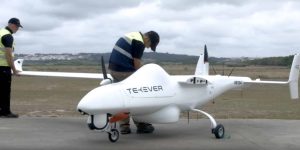







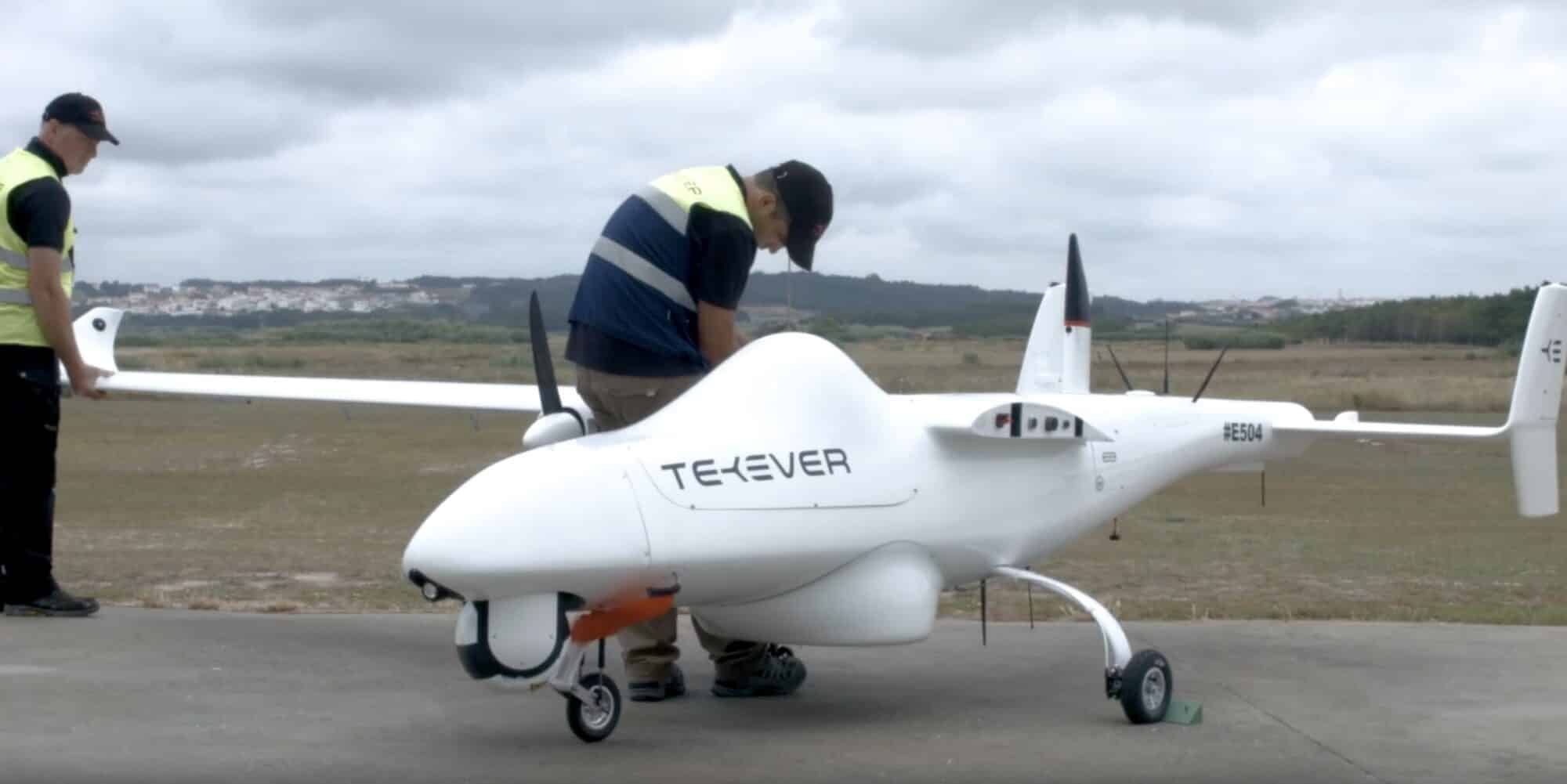
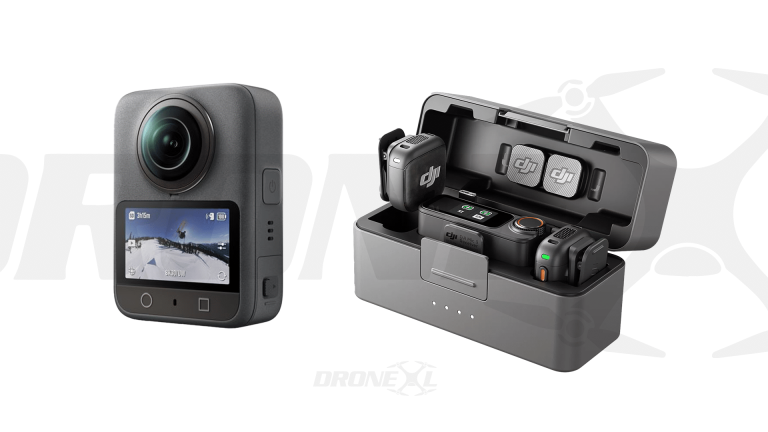
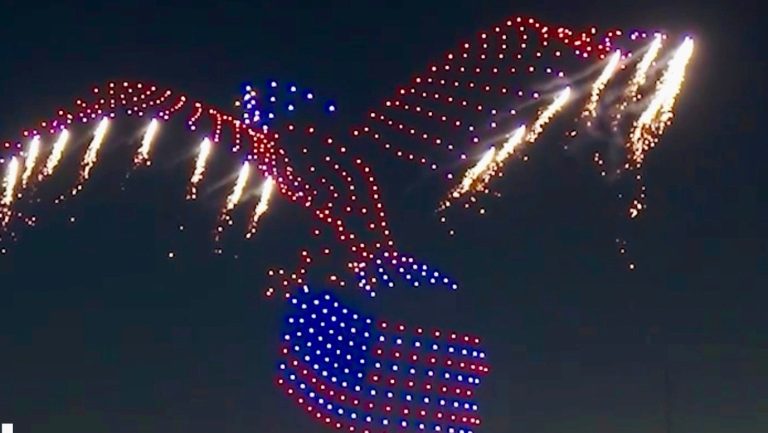

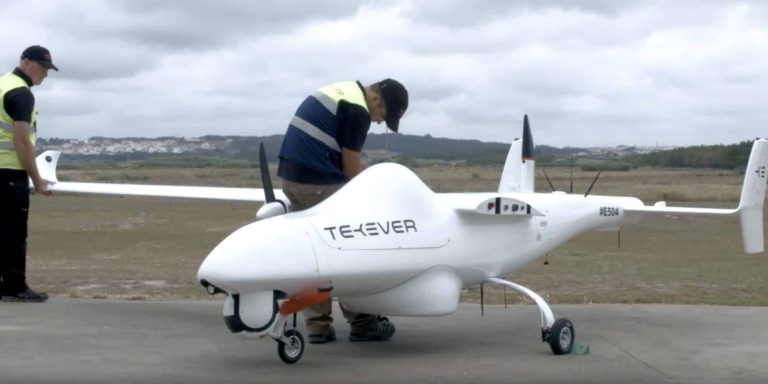




+ There are no comments
Add yours